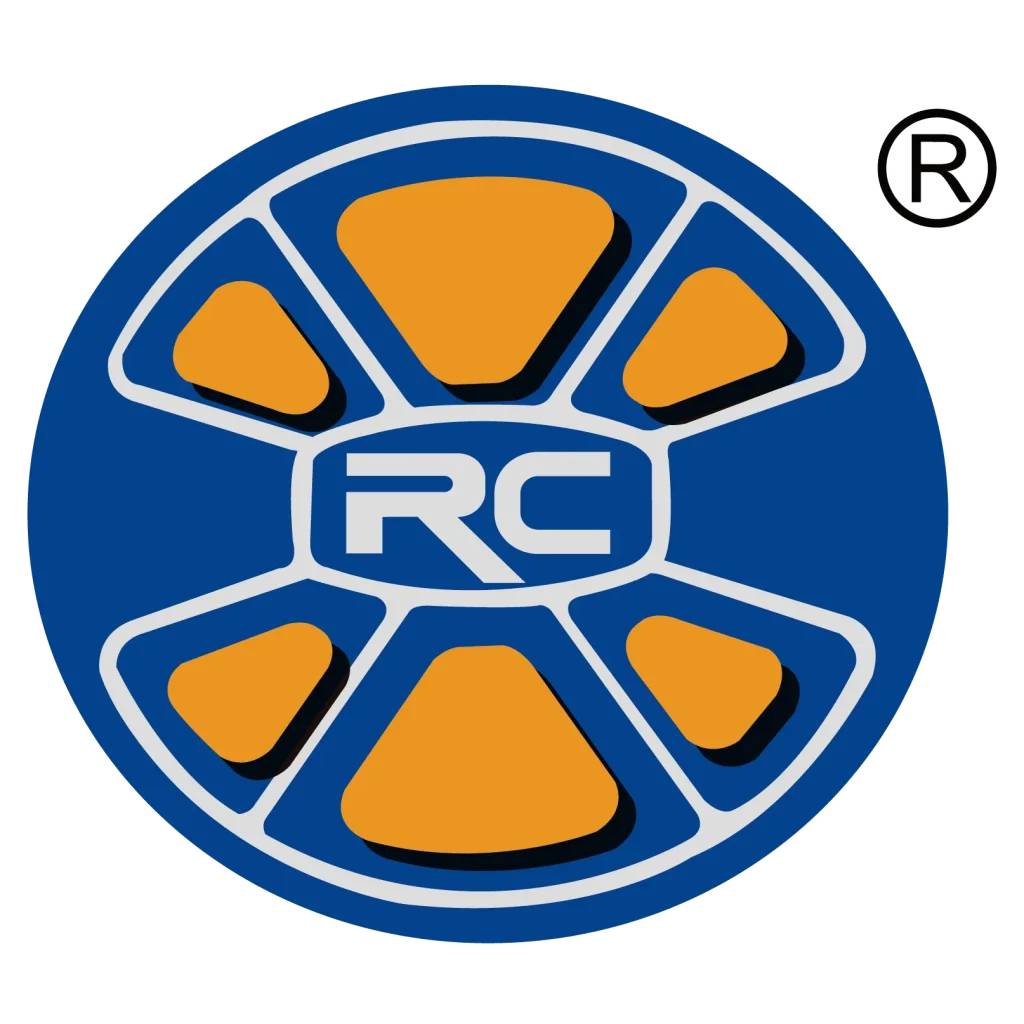Ruichi possesses a comprehensive quality management system and strictly implements preventive and process controls for product quality in accordance with this system.
Testing and Inspection
Preventive Control
SGS Testing and Certification: Raw materials and production processes are verified to meet standards through authoritative SGS testing, fully complying with ISO 9001 requirements and laying a solid foundation for product quality.
SGS CP65 Testing: A compliance assessment service for hazardous substances in products, based on California’s Proposition 65. This proposition mandates that businesses provide clear warnings to consumers for products containing chemicals (such as lead, cadmium, phthalates) listed as potentially carcinogenic or reproductive toxicants. As an internationally authoritative third-party testing organization, SGS verifies whether the content of restricted substances exceeds limits through precise chemical analysis. The authoritative report issued after passing the test proves product compliance with California regulations, serving as a key guarantee for enterprises to avoid legal risks and ensure smooth market access in the United States.
REACH Compliance Assurance: REACH (Registration, Evaluation, Authorization and Restriction of Chemicals) is a mandatory chemical management regulation issued by the EU, not a traditional “certification”. Its core objectives are to protect human health and the environment by identifying and managing chemical risks, promote green innovation, and encourage the use of safer alternatives. For chemicals (including substances in finished products) produced or imported into the EU with an annual tonnage exceeding 1 ton, enterprises must submit safety data of the chemical substances to the European Chemicals Agency (ECHA) and implement strict control over Substances of Very High Concern (SVHC). Products exported to the EU must ensure all components do not contain SVHCs in excess of limits specified in REACH’s SVHC list. Typically, SVHC test reports issued by third-party institutions such as SGS are key evidence to prove product compliance with REACH requirements.
Surface treatment testing is a systematic control method to evaluate the performance and quality of product surface coatings (such as electroplating layers, paint coatings, anodized films). Its core purpose is to ensure surface treatments meet design requirements for corrosion resistance, wear resistance, and aesthetics, enhance adhesion to the substrate, thereby extending product service life and improving product value.
Key test items include:
Visual Inspection: Check if the surface is smooth and uniform with consistent color, free from defects such as runs, orange peel, and particles.
Hardness Testing: Use methods like pencil hardness testing to evaluate the coating’s resistance to scratching and abrasion.
Film Thickness Testing: Employ magnetic or eddy current thickness gauges to ensure uniform coating thickness that meets design specifications, directly affecting protective performance.
Adesion Testing: Commonly use cross-cut testing—cutting a grid pattern and peeling with tape to assess the bonding strength between the coating and substrate, preventing peeling.
Corrosion Resistance Testing: Conduct salt spray testing to simulate harsh environments, accelerating the evaluation of the coating’s rust resistance, which is a key item for assessing durability.
These systematic tests effectively monitor the stability of surface treatment processes, predict product performance in real-world environments, and serve as an important pre-emptive link to control product quality and avoid early failure.
Process Control
Fatigue testing is a type of verification testing and a reliability validation method. It simulates long-term usage conditions to ensure product durability and is used to evaluate the endurance performance of materials or structural components under repeated alternating loads.
Its core objectives are:
- Determine Fatigue Life: Identify the number of cycles a test piece undergoes until fracture under a specific stress level.
- Determine Endurance Limit: Find the maximum stress value that a material can withstand for an infinite number of cycles without failure.
Newton Pressure Testing is a destructive performance verification test, mainly used to evaluate the structural integrity and safety limits of pressure-bearing products (such as pipelines, valves, containers, springs).
Core process and objectives:
Continuously pressurize the interior of a sealed sample through a hydraulic system until it ruptures or leaks, obtaining key data: the maximum instantaneous pressure the product can withstand, and the critical point at which the material begins to undergo permanent deformation.
Verify the product’s safety margin under extreme working conditions to prevent catastrophic failure during use; meanwhile, provide crucial basis for optimizing product design and manufacturing processes, serving as the ultimate test to ensure the safety and reliability of pressure-bearing equipment.
These are all core quality assurance activities, representing not just post-facto inspection but, more importantly, process control.
